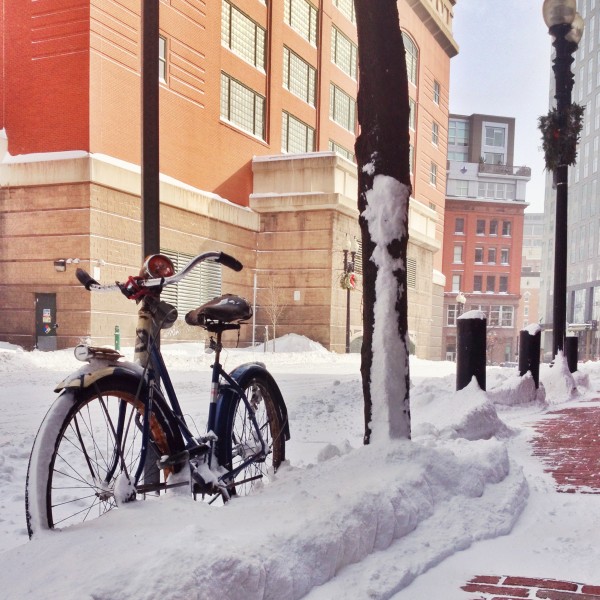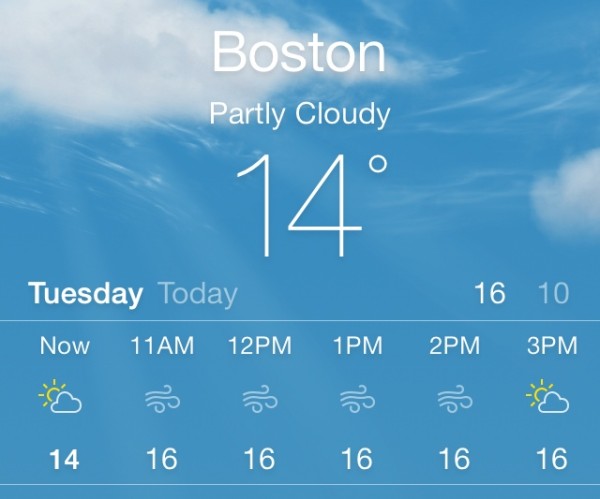What’s cooler than cold? Ice cold.
We are, of course, still working out the kinks in the house, and discovering all sorts of fun new challenges. To be clear, we were counting on this—but expecting the unexpected doesn’t make finding your kitchen pipes frozen solid any less frustrating.
When the kitchen in our unit was renovated under the previous owner, the sink was moved to a much more covenient location—on an exterior wall. This needn’t be a deal breaker, but in our case, the kitchen pipes (the same pipes that were not vented, and were not correctly sized, and were not properly installed or connected) were not sufficiently insulated. As a bonus, since the pipes were installed into a small space with minimal overhaul, we can’t work pipe insulation or heating tape around the pipes without doing some demo work to access them. Exterior wall plus winter weather does not equal prime time for such things.
Fortunately, this week, we’re not experiencing the extreme Polar Vortex cold taking place elsewhere in the country, but our lows are nothing to sneeze at, and we’ve already battled frozen pipes in milder temperatures. We first started noticing the sputtering of partially frozen pipes with lows in the mid-20’s, when we hadn’t used the sink for 36 hours; by the time we hit last weekend’s low temps, a few hours out of use was enough to gum up the works.
We’re becoming seasoned Emergency Pipe Thawing Pros, if I do say so myself.
So, what to do? If you’ll be away for a day or two in milder (but still freezing) temperatures, leaving the cabinet beneath the sink open (so that the heat of your home can reach the plumbing) may be enough to keep water flowing. We’ve also had luck with leaving the faucet on at a slow drip over night—just remember that both your hot and cold water pipes can freeze, so the drip might not keep both running.
If you can access your pipes from beneath the sink or in the basement, and if they’re not already insulated, pipe wrap insulation is a very inexpensive option—look for the narrow, pre-slit foam tubes that look like pool noodles, and have a blast carrying those on the T in a cold snap. Better yet, if you have access, add heating cable.
If, like us, you can’t get to your pipes but can locate the problem area, you still need to try to keep them from freezing. In milder temperatures, Jack rigged a hair dryer in the basement to point at the coldest section of pipe; a few minutes was enough to thaw already frozen pipes in most cases, but hair dryers are loud and expensive to run longer-term. Yesterday, we upgraded to a low-watt heat lamp with a reflector, clamped securely and aimed at—but not touching—the vulnerable pipes and surrounds. Based on the Kill A Watt data, it cost about 12 cents to run last night, and our water still flowed freely this morning. It’s our most successful solution yet, and (fingers crossed) will hold us over until we can fix the problem properly.
Do you have pipes prone to freezing in this weather? What have you tried to keep them flowing?
image credits: Union Jack Creative



You know your dad has used the heat lamp method for years to keep the pump open. My shower was wonderful and hot this morning, even with our -2 morning temp. Fortunately, the -25 windchill isn’t a factor. I’m glad the heat lamp worked.